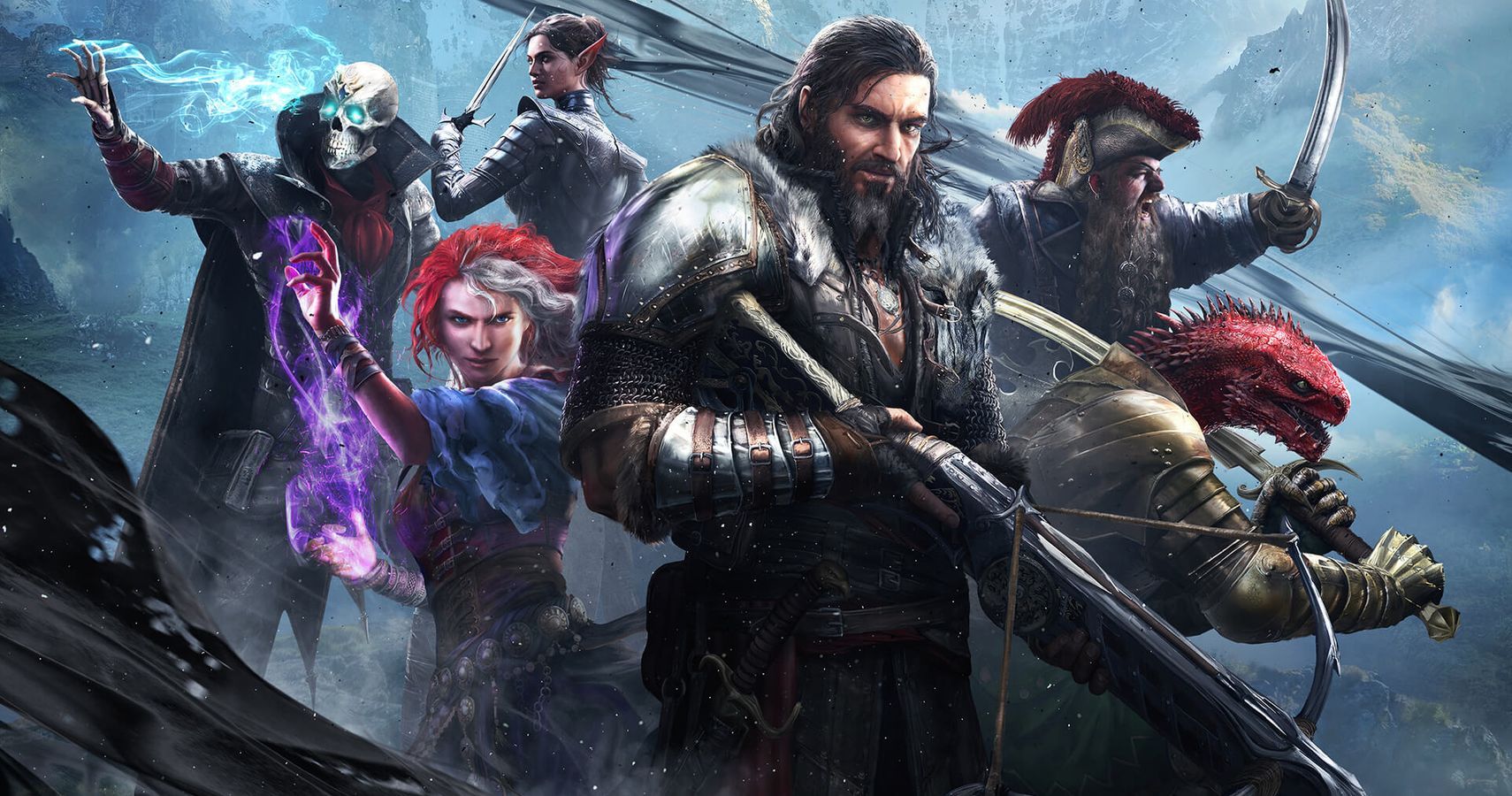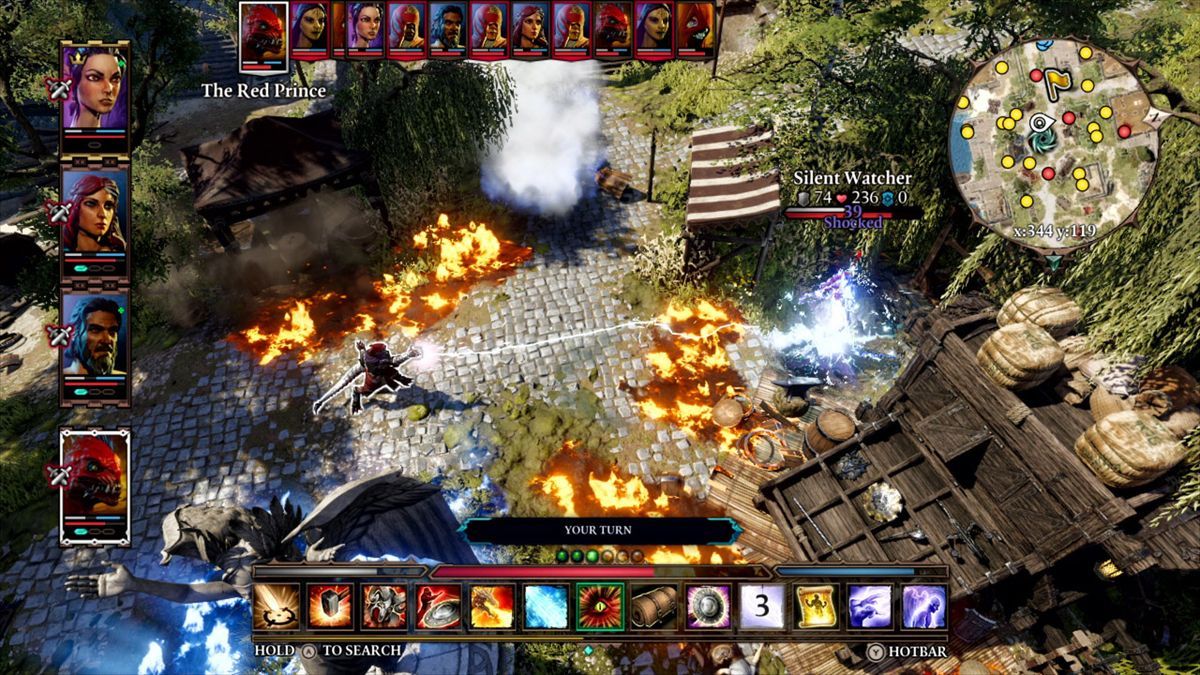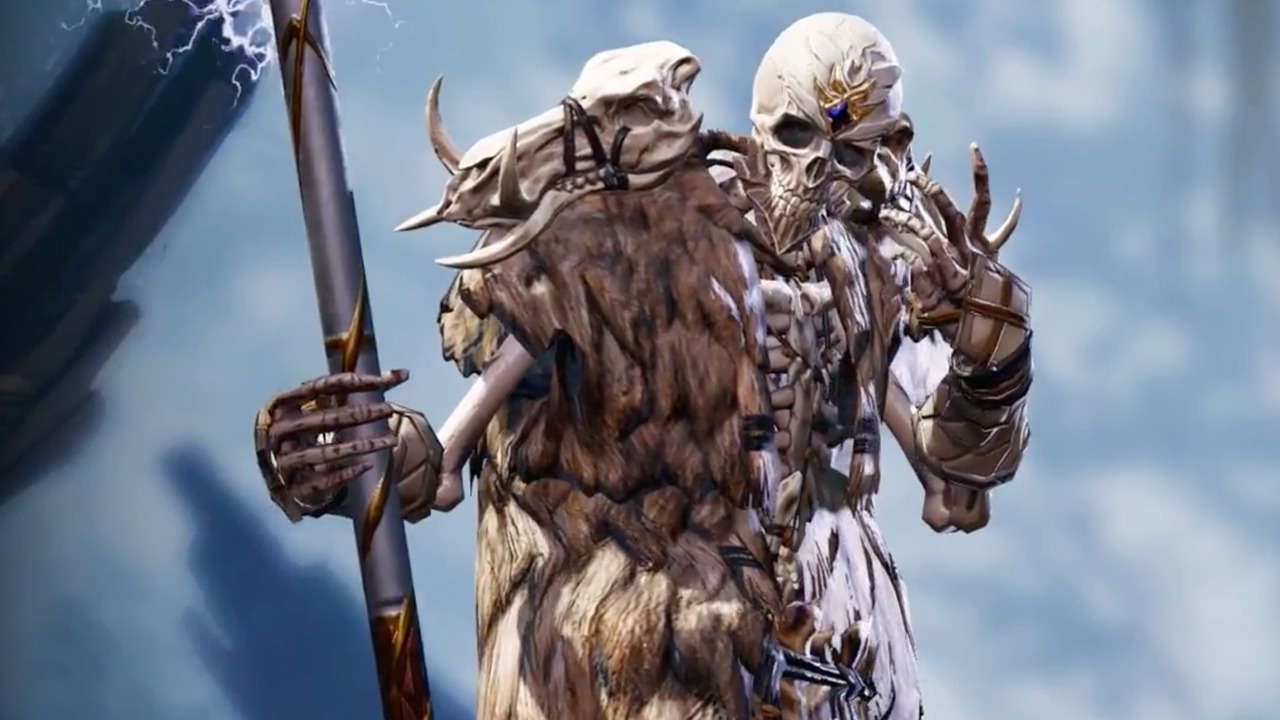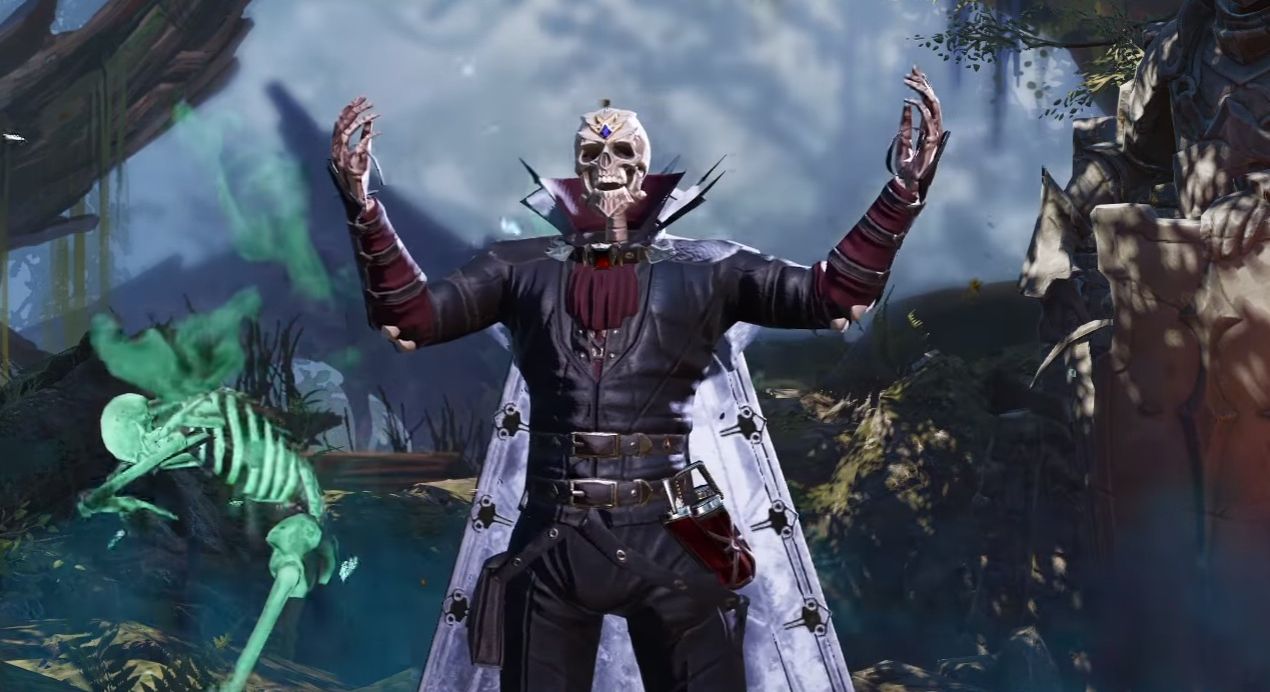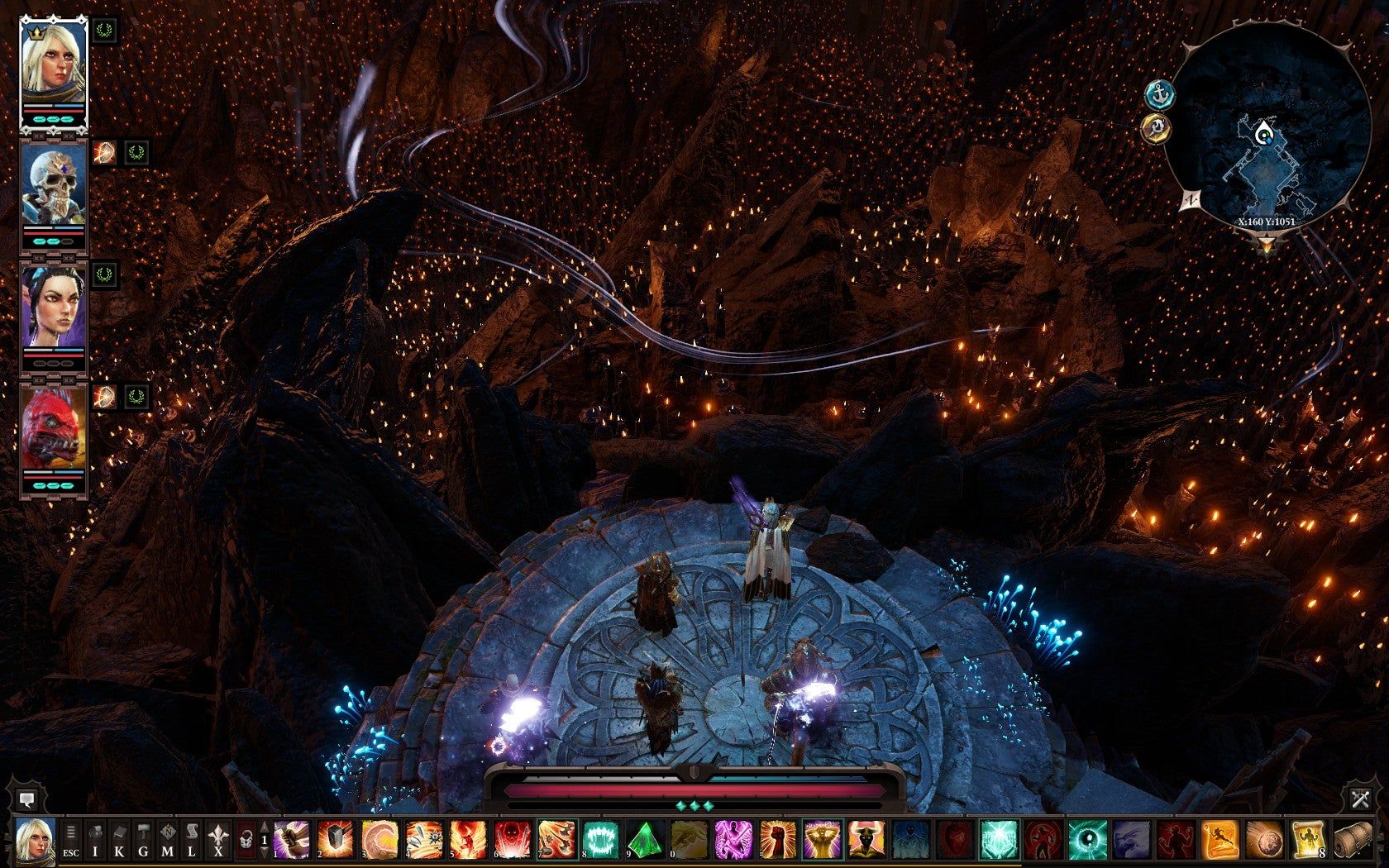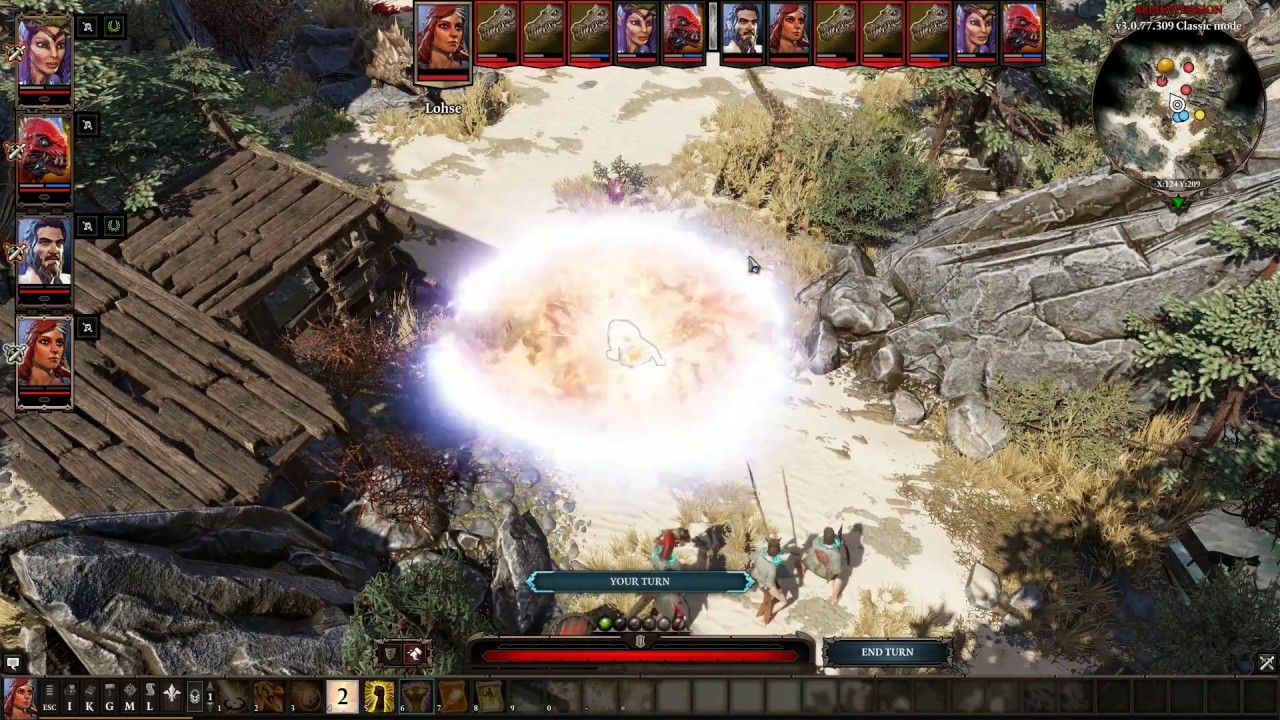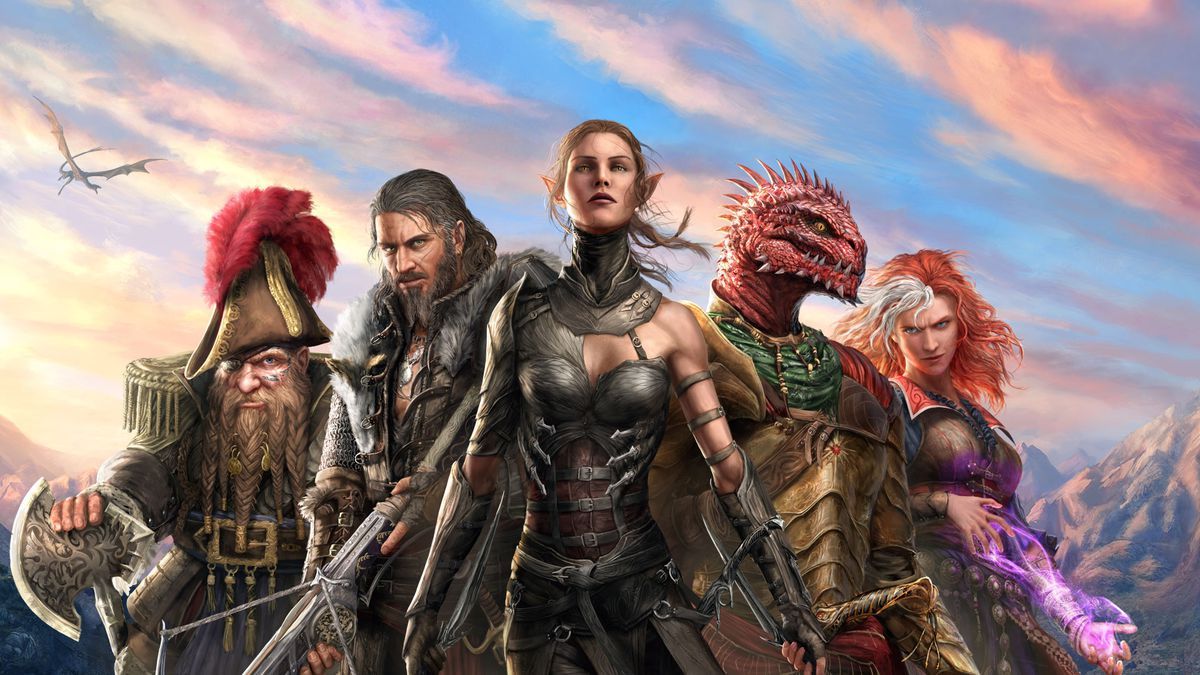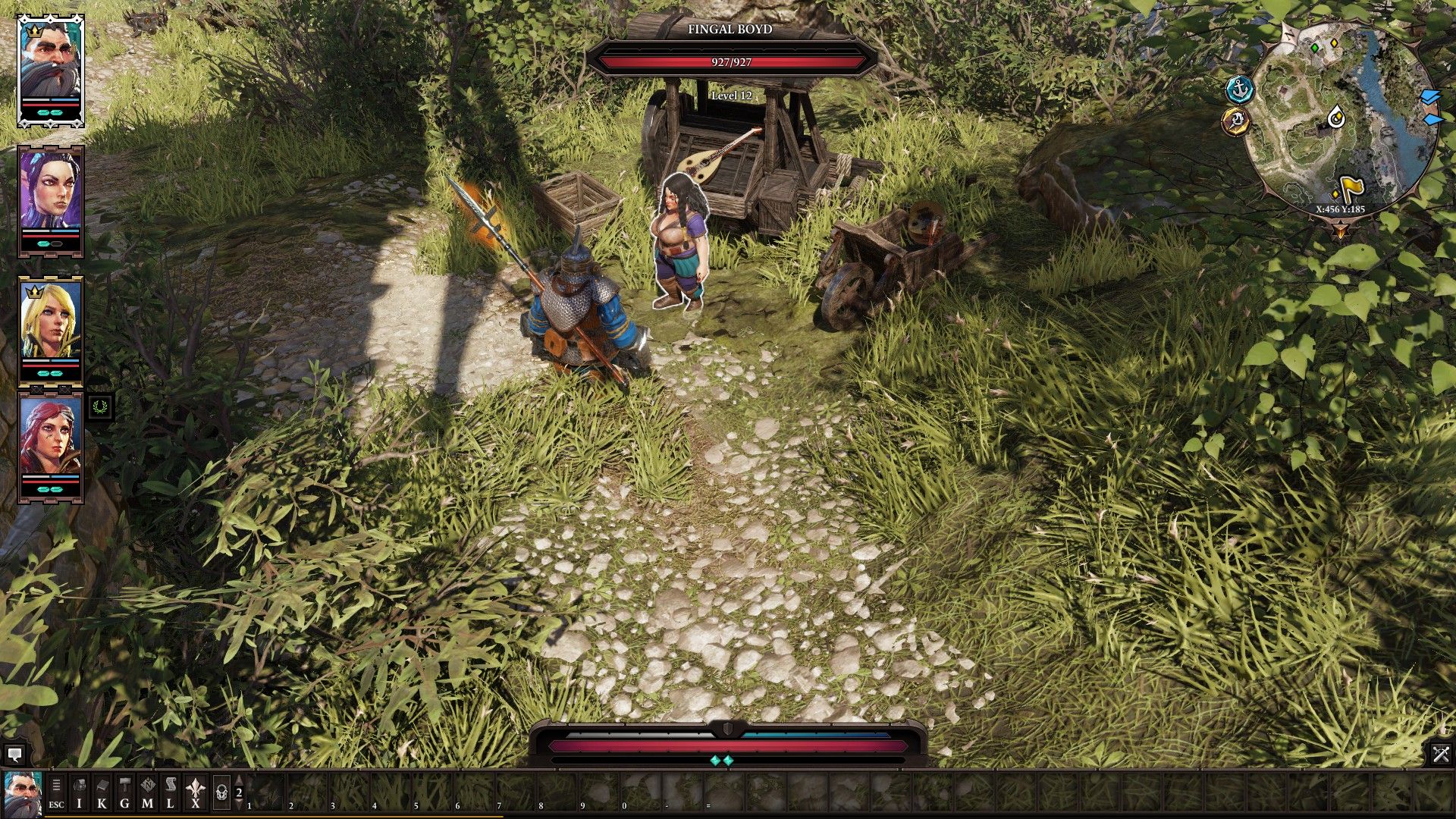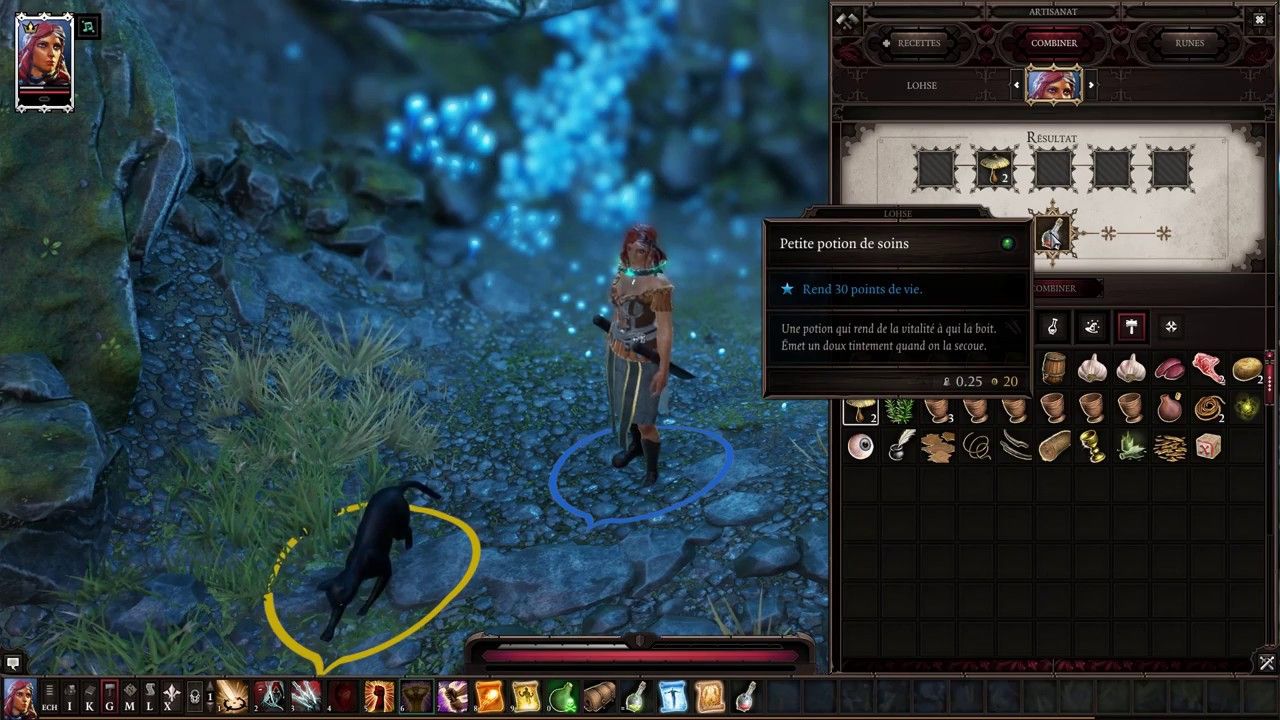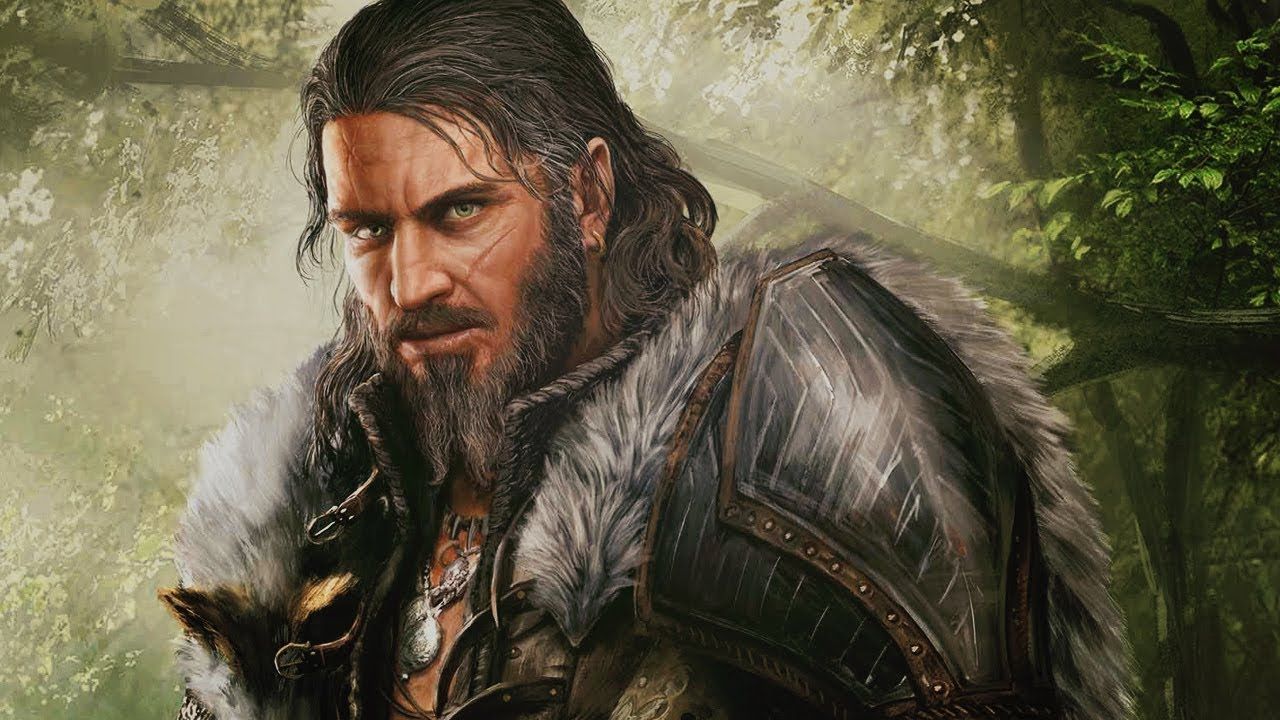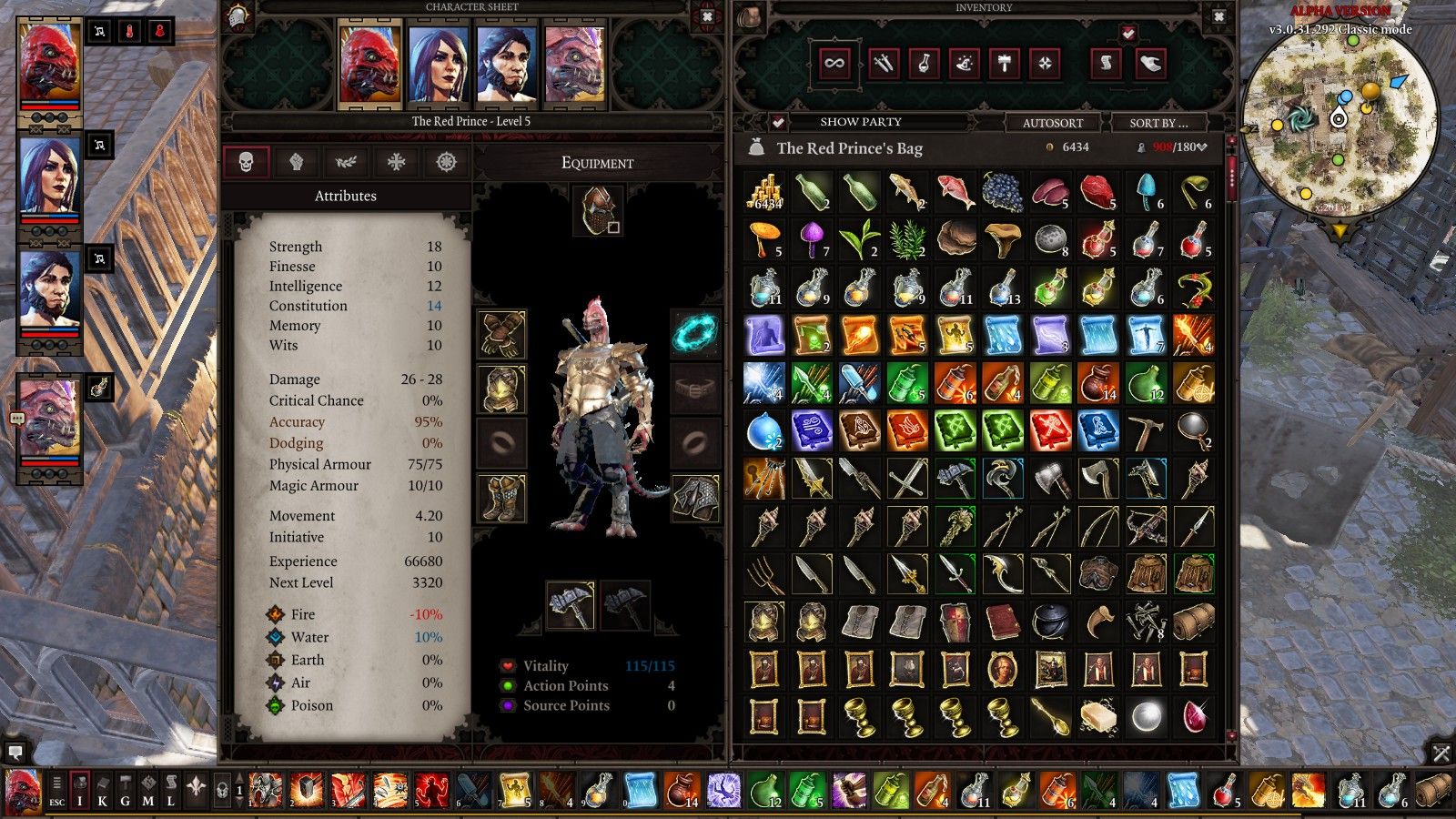Divinity: Original Sin 2 proved to be a worthy successor to the quirky D&D-esque first game and has certainly created a compelling world full of colorful characters with their own cartoonish charm. A couple of years down the road, however, some of the game's cracks have become more apparent.
That isn't to say that the game is unpolished as heck, but after the Nth playthrough, one is bound to notice some logical inconsistencies both with the gameplay and the world-building. They're not game-breaking, but in hindsight, they definitely ruin the immersion of one of the best roleplaying games (RPGs) of this decade. Here are 10 of those glaring things in Divinity: Original Sin 2 that no amount of source can hide.
10 ENEMIES STEALING TURNS
What could have been a minor grip with how the game treats turn-taking is actually a big gameplay issue especially on harder difficulty levels. You see, Divinity: Original Sin 2 has this system called Initiative which determines which characters go first in combat. This system goes haywire when enemy and ally reinforcements are involved.
Your allies who join the combat late get pushed to the end of the queue but for some reason, any enemy who also joins the combat late gets prioritized and will steal your characters' turn if they're next. It's an unfair mechanic and can sometimes appear as a glitch which is all the more troublesome if the enemy reinforcements are all summoners.
9 ALL THE ENEMIES KNOW WHO'S UNDEAD
The undead disguise mechanic is one of the most unique things in the game but all of that is forgotten once disguised undead characters enter combat. Suddenly, all your enemies know which sort of attack to unleash against your disguised undead character, even if they believed a moment ago that that undead was a mortal.
Of course, that could have been done for balancing reasons but it still breaks the immersion and the lore of the game. It's also quite sad that the undead disguise aspect of gameplay is limited to non-combat scenarios and situations-- that would have added an element of surprise in fights.
8 FANE'S IDENTITY
The funny thing about undead characters under disguise is how the game also handles Fane's true identity. When you're playing as Fane, for example, all your companions will suddenly and inexplicably find out that you're undead. Apparently, they can guess. However, when you're not playing as Fane but you chose him as your companion, your other mortal companions will be shocked when he reveals his true identity.
It's a small fuss to point out but still a head-scratcher nonetheless. It's as if they forgot to be inquisitive and observant if Fane is on the sidelines as a companion. In any case, it makes for hilarious banter and party interactions, unless you're playing as Fane, then they all know who you are.
7 LOHSE'S INCONSEQUENTIAL CANDLE MASSACRE
Lohse's main quest was among the most intriguing and polarizing out of all your companions' questlines and near the end, the bard herself was presented with a tough crossroad, kill innocents to easily defeat Adramahlikh (the great demon) or spare them but face the demon at full strength.
If you choose the first option, then Lohse basically greenlights the massacre of thousands of individuals just to rob Adramahlikh of his power source. Oddly enough, it seems like an inconsequential choice when the game presents it to you. You don't exactly see the fallout of such a choice later on in the game, for all we know, that candle massacre could have de-populated at least half of Arx.
6 TELEPORTATION'S LIMITATIONS
Teleportation is a nifty little spell you can perform without much of a cost in Divinity: Original Sin 2. It's also handy for combat when you need to weaponize the environment. Powerful as it may be, however, how it works can sometimes be questionable; this becomes apparent when you're fighting on bridges or on cliffsides.
A quick Teleportation spell could theoretically send an enemy to the bottom of the cliff or have them fall from a great height. It stands within reason that that would work since Teleportation is an air-based skill. That would certainly make Teleportation the deadliest skill in the game-- one that's easily exploited.
5 COMPANION PREFERENCES
Companion personalities are what drive half the game's story and their banter can be memorable. Nevertheless, they sometimes show inconsistent writing or actions that don't exactly align with their beliefs (the ones they voiced out at least). One example of this is Beast's prejudiced hatred for necromancers-- something he announces in banter during one quest involving phylacteries.
It seems he's not aware that the Necromancer class exists in the game, along with necromancer skills-- a discipline he should be opposed with yet condones when it comes to you or his companions. Don't even get us started with Ifan's lack of reluctance to take full advantage of Death Fog during one quest.
4 MERCHANTS DON'T DROP GOLD
Gold isn't exactly a problem in Divinity: Original Sin 2 as you can steal, loot, and find it just about anywhere that you'd be swimming in it come Act 4. That means you shouldn't have to resort to banditry and robbing merchants; those wouldn't work anyway since they miraculously don't drop their gold deposit when killed.
Ironically, they do drop the items they're selling if you kill them. Again, this one's a logical dispute borne out of the game's balancing as you can easily shoot your way up the Fortune 500 in Rivellon if only the merchants dropped what they should be dropping after you kill them. Alas, it's hard to be a capitalist in Rivellon.
3 POTIONS FOR THE INCAPACITATED
It's weird that potions in Divinity: Original Sin 2 can bring you back to life from near death. By near death, we mean a sliver of health left which surprisingly does not incapacitate your character. Which is why during one segment of the game, particularly in the Sanctuary of Amadia in Act 1, it's odd seeing wounded incapacitated fighters seemingly getting revived with mere potions and restoration skills alone. It looked easy.
Suddenly, when it comes to your incapacitated companions in combat, you're required to use a Resurrect spell or scroll in order to bring them back into the combat. Perhaps there's intricate lore on how wounds and injuries work in Rivellon, but being able to use potions to make companions ready for combat again would have been convenient.
2 THE LONE WOLF MECHANIC
It's kind of the developers to include a game mechanic for those who prefer to play without companions but how that works is just broken in Divinity: Original Sin 2. Somehow, the Lone Wolf trait which makes your character more powerful when alone or when there's only one companion, makes the game easier instead of harder.
The simple tweak of giving the Lone Wolf a few more Action Points and bonuses have proven disastrous for the game balancing as you can easily make them a walking god who can defeat anyone. From a logical standpoint, it's unreasonable and turns the game into a joke. The game's Definitive Edition nerfed the Lone Wolf but it remains borderline broken, nonetheless.
1 ARMOR/ITEM STATS
There are plenty of moments in Divinity: Original Sin 2 where you find a Strength-based armor or weapon that has a weird polar opposite stat or skill attached to it, such as an Aerothurge or Rogue bonus. How and why this came to be was never explained, but it could be due to the wonky and indiscriminate random number generator (RNG) for the items.
It tends to give you some pretty dubious item stat rolls and combinations. It makes no sense why a warrior's shield should have Hunstman bonuses whatsoever-- stronger arms for drawing a bow, maybe? In any case, Divinity: Original Sin 2 made it happen.

